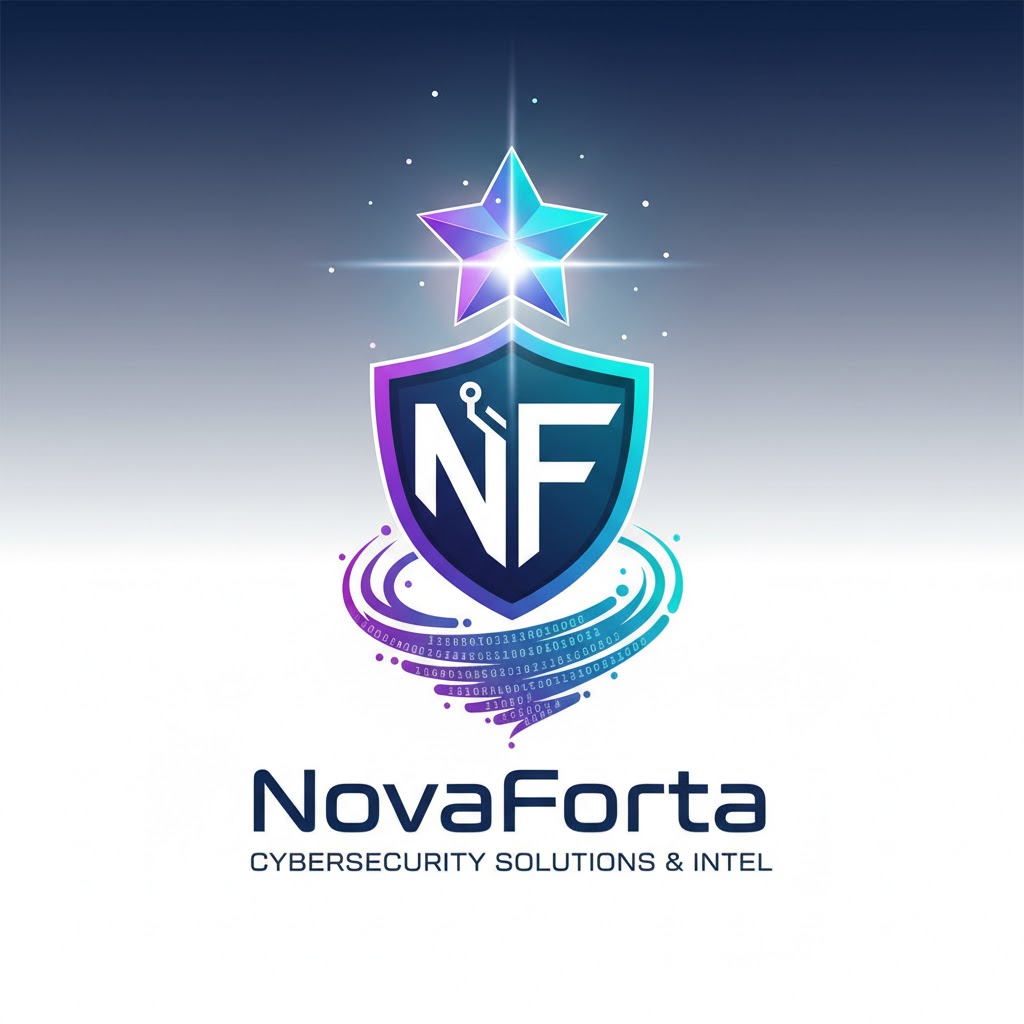🛡️ The NIST Cybersecurity Framework (CSF) is a voluntary, risk-based set of guidelines developed by the U.S. National Institute of Standards and Technology (NIST) to help organizations of all sizes and sectors manage and reduce their cybersecurity risks. It’s not a rigid compliance standard like HIPAA or PCI DSS, but rather a flexible roadmap designed to create a common language for managing cybersecurity from the executive suite down to the operational floor.
The CSF is structured to provide a better understanding of an organization’s cybersecurity posture, enabling better assessment, prioritization, and communication of efforts.
The Core Functions: A Life Cycle Approach
The framework is built around a Core set of six functions (as of CSF 2.0) that describe the lifecycle of managing cybersecurity risk. These functions are intended to operate concurrently and continuously, forming an operational culture focused on resilience:
- Govern (GV): Establishes the organization’s cybersecurity risk management strategy, expectations, and policy at a high level. (This was introduced in CSF 2.0 to emphasize executive oversight).
- Identify (ID): Develops an organizational understanding to manage cybersecurity risk to systems, assets, data, and capabilities. This includes asset management, risk assessments, and governance.
- Protect (PR): Outlines appropriate safeguards to ensure the delivery of critical services, supporting the ability to limit or contain the impact of a potential cybersecurity event (e.g., access control, training, data security).
- Detect (DE): Defines activities to identify the occurrence of a cybersecurity event in a timely manner, such as continuous monitoring and anomaly detection.
- Respond (RS): Develops and implements appropriate actions to take regarding a detected cybersecurity incident, including planning, communications, mitigation, and analysis.
- Recover (RC): Identifies activities to maintain plans for resilience and to restore any capabilities or services impaired due to a cybersecurity incident, ensuring timely return to normal operations.
Key Components
The CSF structure is comprised of additional components that help tailor it to a specific organization:
- Implementation Tiers: These describe how an organization views cybersecurity risk and the processes in place to manage that risk, ranging from Tier 1 (Partial/Reactive) to Tier 4 (Adaptive/Proactive). They help gauge maturity.
- Profiles: These are an organization’s selection of the Functions, Categories, and Subcategories that align with their business requirements, risk tolerance, and resources. A Current Profile defines the present state, and a Target Profile defines the desired future state, creating a clear Gap Analysis.
Benefits of Adoption
Adopting the NIST CSF allows organizations to:
- Prioritize Investment: Focus limited resources on the highest-risk areas identified through the gap analysis.
- Communicate Risk: Establish a common language about cybersecurity risk that can be used among technical staff, business leaders, and external partners (like suppliers).
- Enhance Resilience: Build a systematic process for not only preventing attacks but also for rapidly detecting, responding to, and recovering from incidents, minimizing business disruption.
In short, the NIST CSF provides a flexible, robust, and universally accepted framework for building a strong, resilient, and business-aligned cybersecurity program.



